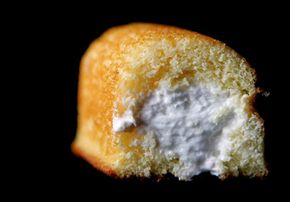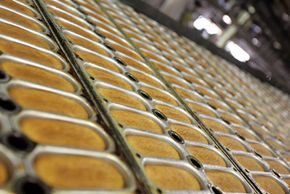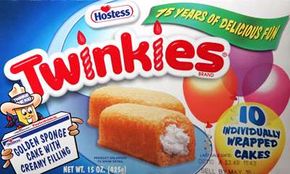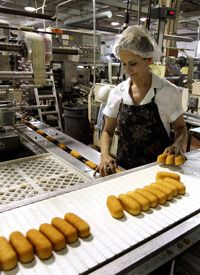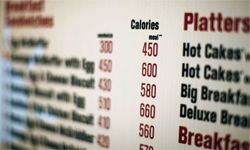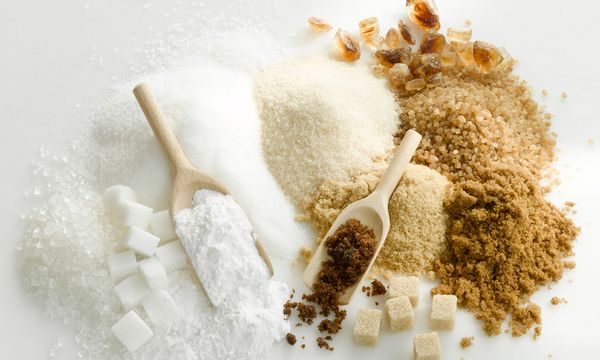Key Takeaways
- Twinkies are iconic American snack cakes.
- They consist of a sponge cake filled with cream.
- Despite their popularity, they have faced criticism for their ingredients and nutritional content.
In an age of health-conscious consumers, low-carb diets and bottled water, one snack has stood the test of time. The Twinkie is an icon of junk food snacks and guilty pleasures, nutritionally worthless yet irresistibly yummy.
Twinkies turn up in places far removed from brown-bag lunches -- in murder trials, wedding cakes and plenty of urban legends about their shelf life. You've probably heard the one about how Twinkies could survive a nuclear attack, or the one about that secret ingredient, embalming fluid. So, what are Twinkies, exactly? Can they really sit in a store for 30 years? In this article, we'll learn about their history, how they're made and the real story behind the shelf-life rumors.
Advertisement
A Twinkie seems like a very simple snack. It's a spongy yellow cake 4 inches long and an inch and a half wide. Inside is a creamy white filling that tastes more or less like vanilla cake frosting.
The cake part of a Twinkie is moist and light, and the overall flavor is not too strong. The cake has a distinct buttery flavor, although it is fairly obvious that you are tasting a flavoring of some kind, not real butter. There are three small "globs" of filling spaced evenly down the length of the cake. The filling has a very smooth, slippery texture and a sugary flavor.
It takes more than cake and filling to make a Twinkie. The original recipe, concocted in 1930, included basic ingredients, like eggs, milk and butter. The need for a longer shelf life led to the introduction of additional ingredients.
Bleached wheat flour and real sugar made from sugar cane and sugar beets comprise a large portion of a Twinkie. The sugar isn't there just for the sweet taste -- sugar crystals hold air and make the cake lighter, and they also combine with proteins to make the cake tender. The sugar even holds moisture and helps give a Twinkie its color [source: Ettlinger].
However, a surprising number of Twinkie ingredients come from something seemingly un-Twinkie-like: eight out of 39 ingredients are derived from corn [source: Ettlinger]. Corn starch, glucose, fructose and high fructose corn syrup are important in the Twinkie-making process.
Few of the remaining ingredients would be recognizable to the average person -- many of them are created by the wonders of modern chemistry. We'll learn all about them on the next page.
Advertisement
